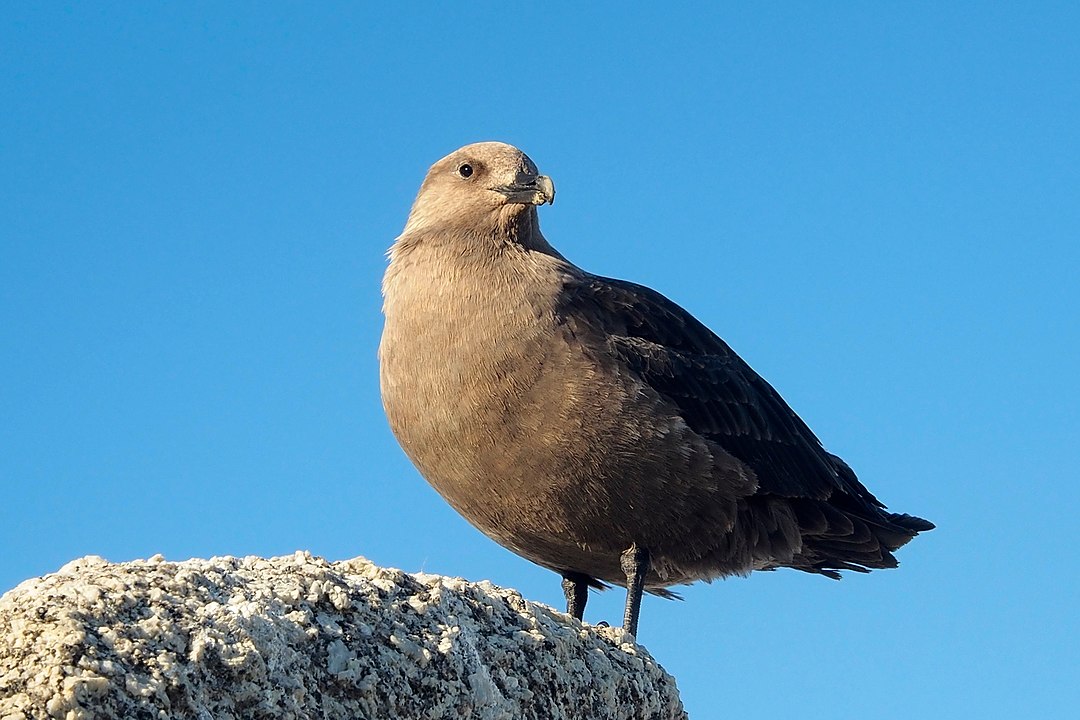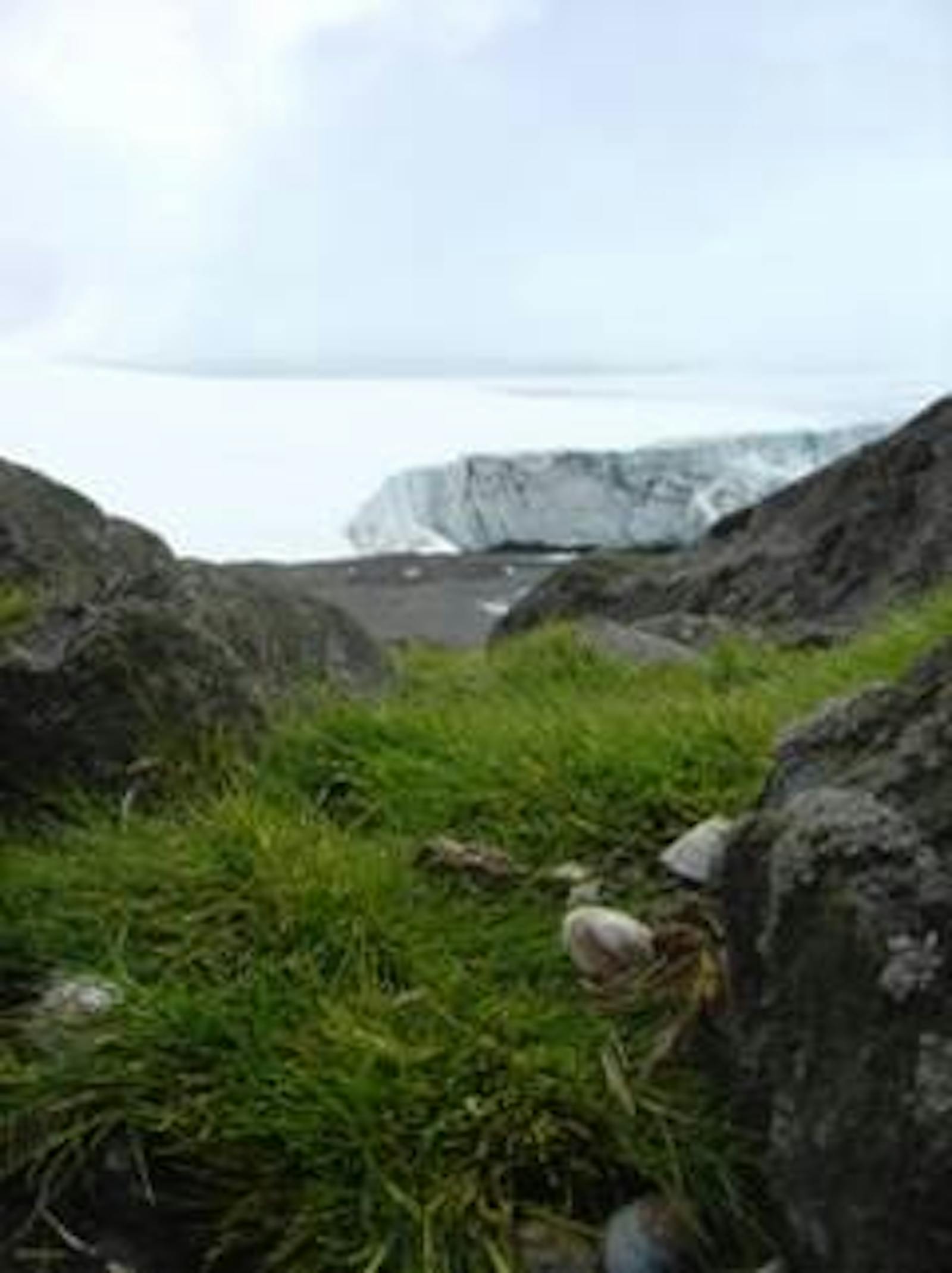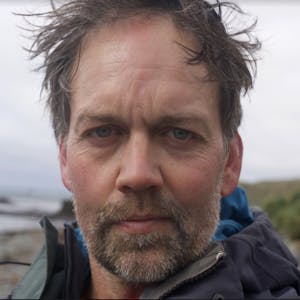Prince Charles Mountains Tundra
The ecoregion’s land area is provided in units of 1,000 hectares. The conservation target is the Global Safety Net (GSN1) area for the given ecoregion. The protection level indicates the percentage of the GSN goal that is currently protected on a scale of 0-10. N/A means data is not available at this time.
Bioregion: Continental Antarctica (AN1)
Realm: Antarctica
Subrealm: Antarctic Continent & Islands
Ecoregion Size (1000 ha):
N/A
Ecoregion ID:
128
Conservation Target:
N/A
Protection Level:
N/A
States: Antarctica
The ice-free areas that make up the Prince Charles Mountains tundra ecoregion range from the coast to mountainous inland areas, with an elevation range of sea level to just over 3,200 m at the peak of Mt Menzies. This ecoregion contains the ice-free area between the Enderby Land Tundra ecoregion and the western extent of the East Antarctica tundra ecoregion. Most of the actual habitable area for biodiversity is located in the mountainous areas of the Prince Charles Mountains, which contain relatively large, well-connected, ice-free areas.
The ecoregion has a reasonable amount of human activity, with two research stations and regular scientific expeditions, including occasionally into the Prince Charles Mountains.

The Cape petrel (Daption capense) is the flagship species of the Prince Charles Mountains Tundra ecoregion. Image credit: JJ Harrison
The biodiversity present includes nine species of moss, 50 species of lichen, and 11 species of arthropod, the latter including several species of tardigrades and mites. There are 14 Adélie Penguin colonies in the coastal areas of this ecoregion, with a total breeding population estimated at 127,000 breeding pairs. The largest of these colonies is on the Mawson coast, with almost 43,000 breeding pairs.
Also on the Mawson coast region are the Rookery Islands, and Scullin and Murry Monoliths which are known to be home to at least seven species of breeding seabird, including Adélie penguins (Pygoscelis adeliae), Cape petrels (Daption capense), Snow petrels (Pagodroma nivea), Southern fulmars (Fulmarus glacialoides), Southern giant petrels (Macronectes giganteus), South polar skua (Catharacta maccormicki) and Wilson's storm petrel (Oceanites oceanicus). The Southern giant petrel breeding colony at Rookery Island is one of only four continental colonies in Antarctica.

South polar skua. Image credit: Paride Legovini, Creative Commons
The only permanently manned Antarctic base in this region is the Australian run Mawson station, which holds a maximum of around 60 personnel in the summer months and usually has a wintering population of around 20 personnel. No tourists typically visit the ecoregion.
There are four Antarctic Specially Protected Areas (ASPA) in this ecoregion. ASPA 101, Taylor Rookery is an Emperor Penguin colony located on the East side of Taylor Glacier; ASPAs 102 and 164 (Rookery Islands and Scullin and Murray Monoliths) are designated to protect breeding bird assemblages; and the last—Mount Harding—an inland mountainous site is to protect unique geomorphological features.
Priority conservation actions for the next decade
- Undertake research to better understand the distribution and abundance of invertebrates and plants.
- Expand research to better understand the status and trends of seabirds in the region.
- Ensure a stable Antarctic Treaty system to maintain the ongoing, overall protection of Antarctica.
-
-
- Terauds, A., S. L. Chown, F. Morgan, H. J. Peat, D. J. Watts, H. Keys, P. Convey, and D. M. Bergstrom. (2012) Conservation biogeography of the Antarctic. Diversity and Distributions 18:726-741.
- Terauds, A., and Lee, J. R. (2016) Antarctic biogeography revisited: updating the Antarctic conservation biogeographic regions. Diversity and Distributions 22:836-840.
- Chown, S.L. & Convey, P. (2007) Spatial and temporal variability across life’s hierarchies in the terrestrial Antarctic. Philosophical Transactions of the Royal Society B: Biological Sciences, 362: 2307–2331.
-
Cite this page: Prince Charles Mountains Tundra. Ecoregion Snapshots: Descriptive Abstracts of the Terrestrial Ecoregions of the World, 2021. Developed by One Earth and RESOLVE. https://www.oneearth.org/ecoregions/prince-charles-mountains-tundra/
-



